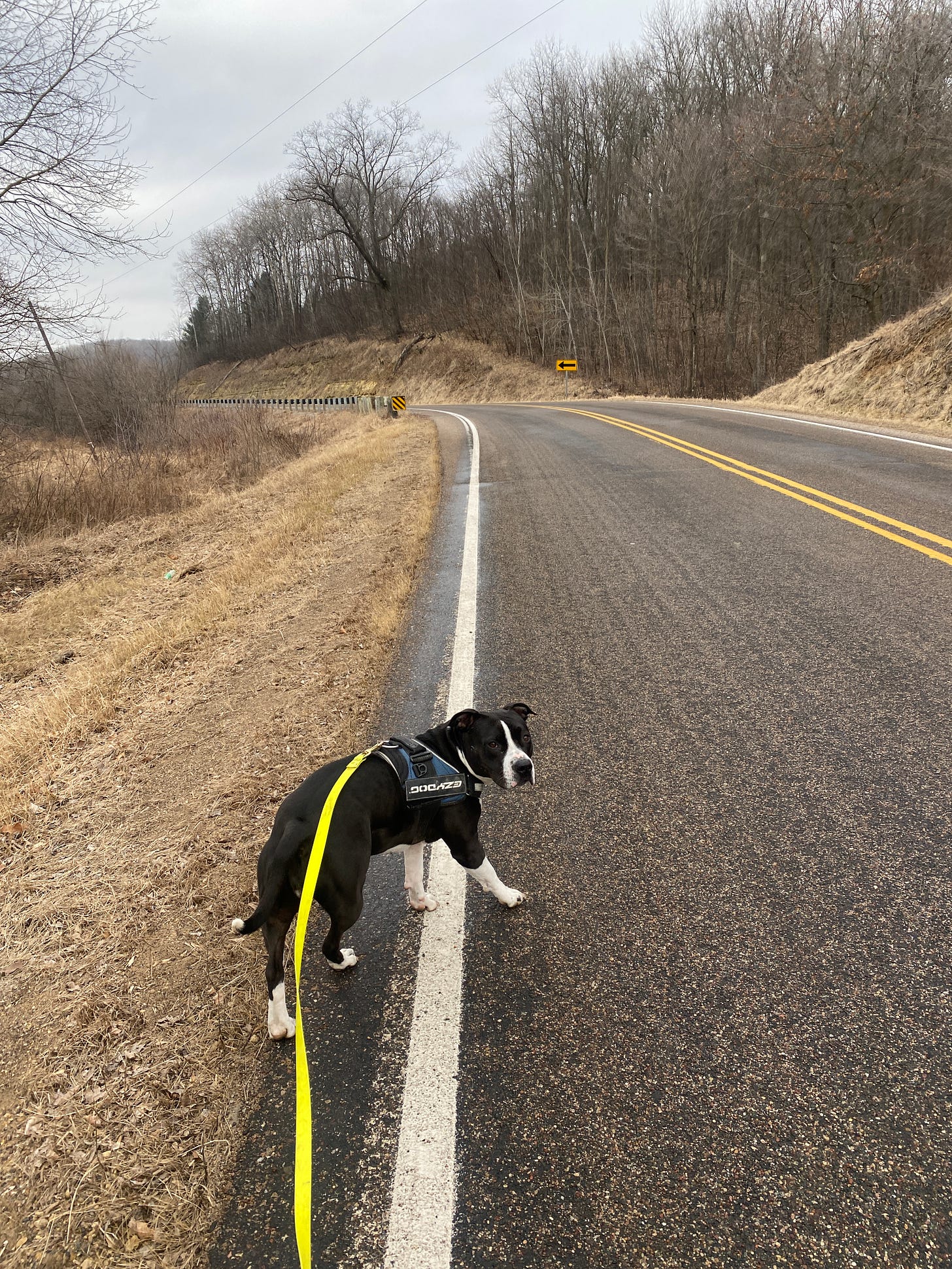Hit and Run: How Shame and the Unhealthy Default Reality Collide
My dog lost a leg, and for a moment, I lost some faith in humanity.

Note: This semi-disturbing essay is followed by a few cheery Healthy Deviant Digest Tidbits. Don’t miss ‘em!
Trigger warning: This essay discusses an accident in which my dog was badly injured. I describe her injury in some detail. There is o…
Keep reading with a 7-day free trial
Subscribe to Healthy Deviant Digest to keep reading this post and get 7 days of free access to the full post archives.




